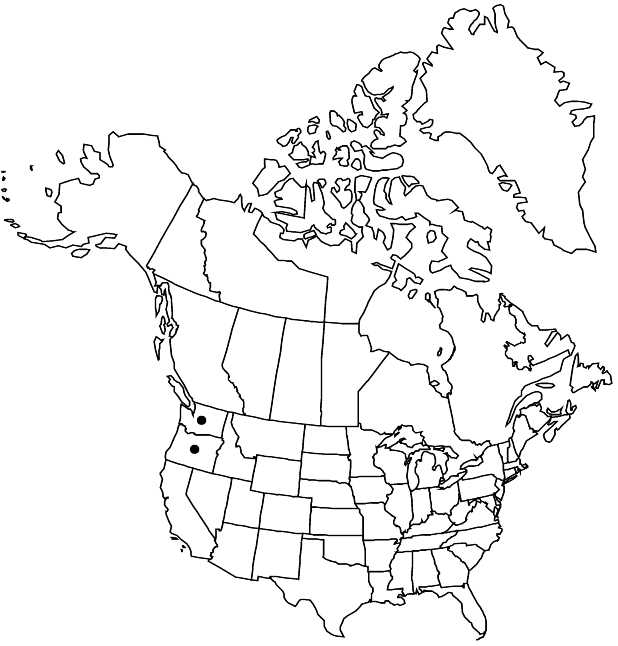Difference between revisions of "Dodecatheon austrofrigidum"
Sida 22: 462, figs. 1–3. 2006 ,.
imported>Volume Importer |
imported>Volume Importer |
||
| Line 51: | Line 51: | ||
|publication year= | |publication year= | ||
|special status= | |special status= | ||
| − | |source xml=https:// | + | |source xml=https://bitbucket.org/aafc-mbb/fna-data-curation/src/2e0870ddd59836b60bcf96646a41e87ea5a5943a/coarse_grained_fna_xml/V8/V8_564.xml |
|genus=Dodecatheon | |genus=Dodecatheon | ||
|species=Dodecatheon austrofrigidum | |species=Dodecatheon austrofrigidum | ||
Latest revision as of 22:44, 5 November 2020
Plants (5–)10–45 cm; scape usually glabrous, glandular-puberulent distally. Caudices not obvious at anthesis; roots white; bulblets absent. Leaves 2.5–30 × 0.7–7 cm; petiole winged; blade narrowly to broadly elliptic or ovate, base decurrent onto stem, gradually tapering to petiole, margins entire or irregularly sinuate-dentate to denticulate, surfaces glabrous. Inflorescences 1–7-flowered; bracts lanceolate, 2.5–10 mm, glandular-puberulent. Pedicels (0.4–)0.5–4.5(–5.5) cm, glandular-puberulent, sometimes glabrous. Flowers: calyx green, 5–11 mm, glabrous or glandular (at least on margins of lobes), tube 1–2.5(–3) mm, lobes 5, 3–9 mm; corolla tube white with reddish to purplish, thin, wavy ring, lobes 5, magenta, (9–)15–20(–23) mm; filaments distinct, dark maroon to dark purple, 0.5–1.8 mm; anthers (4.5–)6–8 mm; pollen sacs maroon to dark purple, connective dark purple, smooth; stigma not enlarged compared to style. Capsules greenish to tannish with purple speckles, often purplish apically, operculate or valvate, ovoid, 6–16 × 3.5–5.5(–7) mm, glabrous; walls thin, pliable. Seeds without membrane along edges. 2n = 88.
Phenology: Flowering spring.
Habitat: Moist basaltic slopes, ridges, streamsides, and cliff faces in conifer woodlands near waterfalls and along streams or in high-elevation, tundralike, grassland communities
Elevation: 30-1200 m
Discussion
Of conservation concern.
Dodecatheon austrofrigidum occurs mainly in the mountains near the coast of Washington from the southern Olympic Peninsula (Grays Harbor and Pacific counties) to northwestern Oregon (Clatsop and Tillamook counties). The populations are widely scattered and always with relatively few individuals. At higher elevations (e.g., ca. 1200 m atop Saddle Mountain, Tillamook County), D. austrofrigidum occurs in moist, grassy turf. At lower elevations in the same area, it occurs on stream banks in the narrow zone between the high- and low-water mark, persisting in cracks of basaltic rocks. The degree of denticulation of the leaves appears to vary among populations; some larger plants have toothed leaf blades even prior to anthesis.
Selected References
None.
